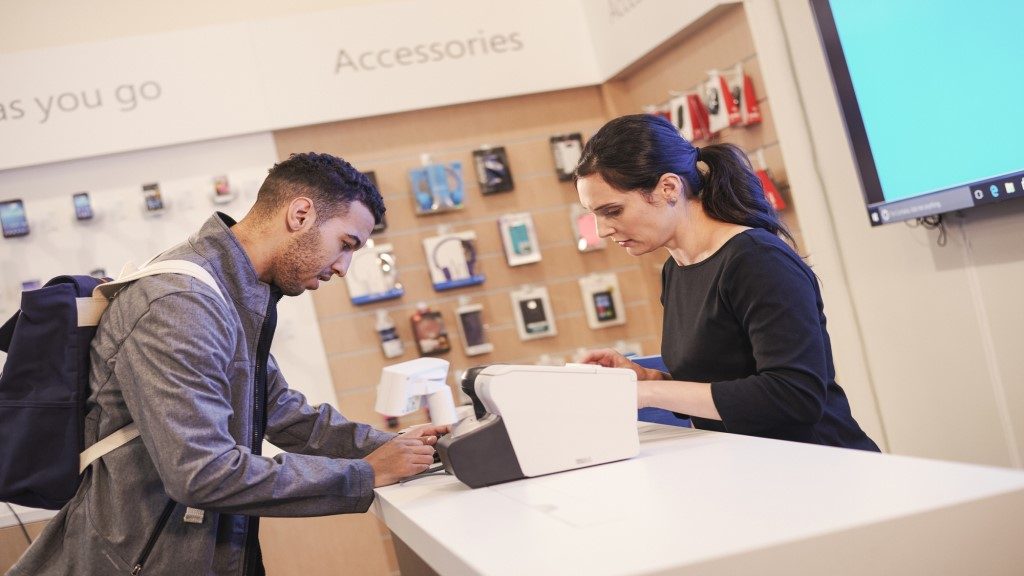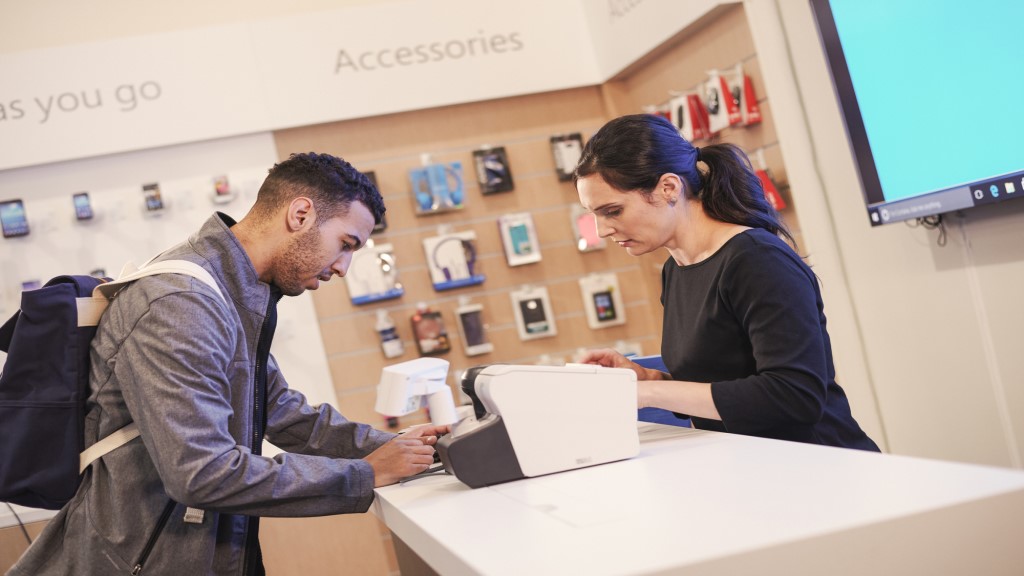
7 steps to better customer engagement

Customer engagement has been a pretty popular topic recently. Everyone is writing about it. Even software companies, ahem, are blogging about it. 54 percent of respondents to our 2017 Global State of Customer Service Report say they have higher expectations of customer service than a year ago. But what does it truly mean for your business?
What is customer engagement?
In today’s constantly-connected world, your customers have many ways to interact with your company. They are not passive recipients of your sales patter any more. And with so much competition out there now, customers no longer base their loyalty on price or product. They stay loyal to companies who provide them with a great all-round experience.
Good customer engagement is about listening to your customers, understanding their needs, and providing intuitive solutions to their problems – sometimes before they even know what their problem is themselves. Whether it’s a mention on Twitter, a review on a crowdsourcing site, or an email to your customer service team, you have a chance to go above and beyond and stand out from the competition.
It matters because the balance of power in the economy is shifting from producers to consumers, from vendors to customers. More importantly, it is important for the bottom line. In fact, Walker has predicted that customer experience will overtake price and product as the main differentiator by 2020.

Measuring customer engagement
There are lots of different ways to measure customer engagement. You don’t need to score top marks on every one, but it’s important to know where your strengths and weaknesses are, and how they affect your business. It is also good to see how you measure up against your business peers. After all, if you can’t provide the customer with a solution, there are hundreds more companies who can.
The following questions will help you pinpoint the most important factors of customer engagement.
1. How much do you value customer engagement?
2. Do you know your customers?

3. Are you better at offline or online engagement?
We now operate in an omnichannel environment where a retail customer could browse products online, ask questions on social media, view them in store, and then make the final purchase on their mobile phone. Companies need to adapt to this new behaviour – the rise of what John Lewis & Partners calls the ‘master shopper’ – by excelling at online engagement, as well as offline. The best way to do this is by using a customer relationship management tool (CRM) like Microsoft Dynamics CRM Online that gives you a unified view of your customers, however they interact with you.
4. What tools do you use to increase engagement?
In today’s world customers want to receive service in their own terms – no matter when or where they are. 90 percent of respondents to our survey expect an organisation to have a self-service portal. 77 percent have a positive view of brands that listen to feedback, and for all those interested in what millennials think – 74 percent say social media responsiveness improves their brand perception
5. Are you using social media effectively to increase engagement?
Speaking of social media, did you know that there is just a touch over 1.3 billion social media users worldwide? The most important thing is to be responsive on social media, with 48 percent of people expecting a response in less that 24 hours.
Being active on social media doesn’t just mean posting tweets and status updates. It’s about getting involved in conversations within your industry and listening to your customers. Tools like Microsoft Social Engagement can help you listen, interact and engage customers effectively and at scale.
6. How consistent is your knowledge and data?
The black hole of unknowing is a very stressful place for your customers to be. For example, if you can’t track a customer’s history or see where they are in the project lifecycle, nor can they. Not knowing creates uncertainty, and uncertainty creates distrust.

7. What engagement roadblocks do you face?
[msce_cta layout=”image_center” align=”center” linktype=”blue” imageurl=”https://www.microsoft.com/en-gb/industry/blog/wp-content/uploads/sites/22/2019/03/A-female-boutique-retail-store-owner-uses-a-surface-tablet-to-check-jeans-inventory-for-a-female-customer.–e1552927755381.png” linkurl=”https://dynamics.microsoft.com/en-gb/customer-service/overview/” linkscreenreadertext=”Earn your customers” linktext=”Earn your customers” imageid=”8791″ ][/msce_cta]




